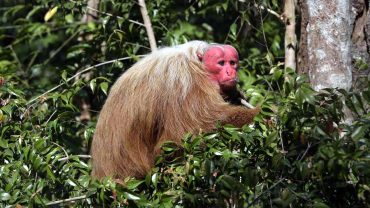By Timothy J. Killeen, published in Mongabay Latam on October 14, 2024
The Amazon, traditionally known for its vast wilderness, is witnessing a notable wave of urbanization. This phenomenon, driven by rural-to-urban migration, unfolds differently across the Amazonian countries, shaping the region’s social and economic landscape.
Urbanization Trends in the Pan-Amazon Region
-
Brazil and Bolivia:
Until 2000, significant migration flowed into rural Amazonian communities. Afterward, many rural families started moving to urban centers within the region. For instance, in Brazil, urban dwellers grew from 50% to over 70% between 1990 and 2000. Key urban hubs include Manaus, Belém, Porto Velho, and Macapá. -
Peru, Ecuador, and Colombia:
Migration patterns here differ, as people tend to move toward cities in the Andes or coastal areas rather than urban centers within the Amazon.
Notable Urban Growth
Certain cities in the Amazon have experienced rapid expansion due to diverse factors:
- Santa Cruz de la Sierra (Bolivia): Once a modest town, it now stands as a major metropolitan area due to high immigration rates.
- Madre de Dios (Peru): Migration driven by gold mining and resource extraction has fueled urban development and the rise of informal settlements.
Drivers of Urbanization
Urbanization in the Amazon is shaped by:
- Resource Extraction: Industries like mining and logging attract workers and spur economic activity.
- Agricultural Expansion: The growth of commercial agriculture has created urban service hubs.
- Infrastructure Development: Improved connectivity through roads and transportation facilitates migration to Amazonian cities.
Conclusion
Urbanization in the Amazon highlights a unique dynamic where economic opportunities and infrastructure development play critical roles. However, each country’s distinct context leads to diverse migration patterns, underscoring the complexity of urban growth in the world’s largest rainforest.





Comment (0)